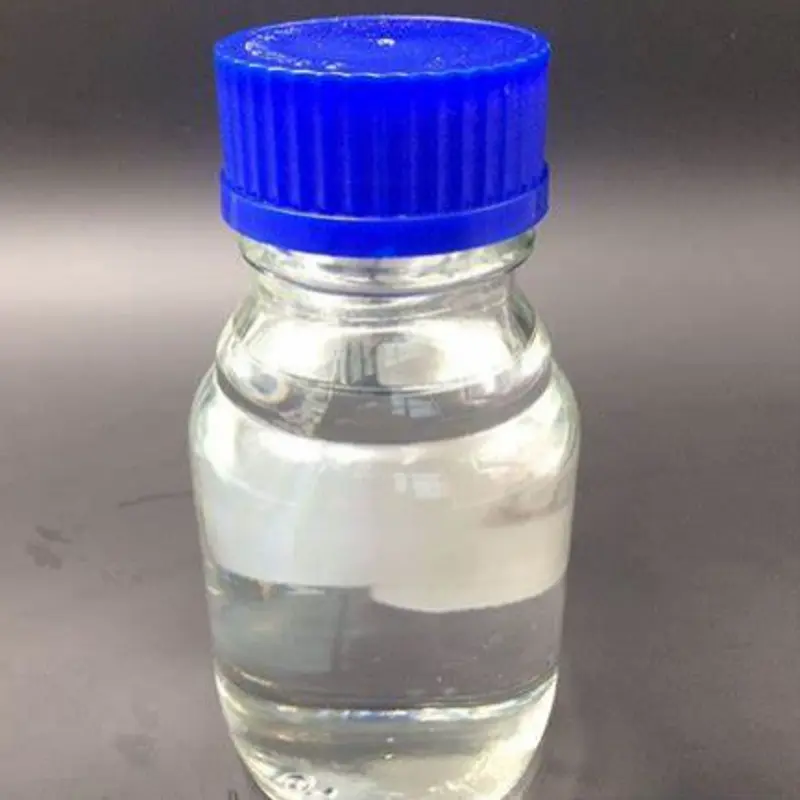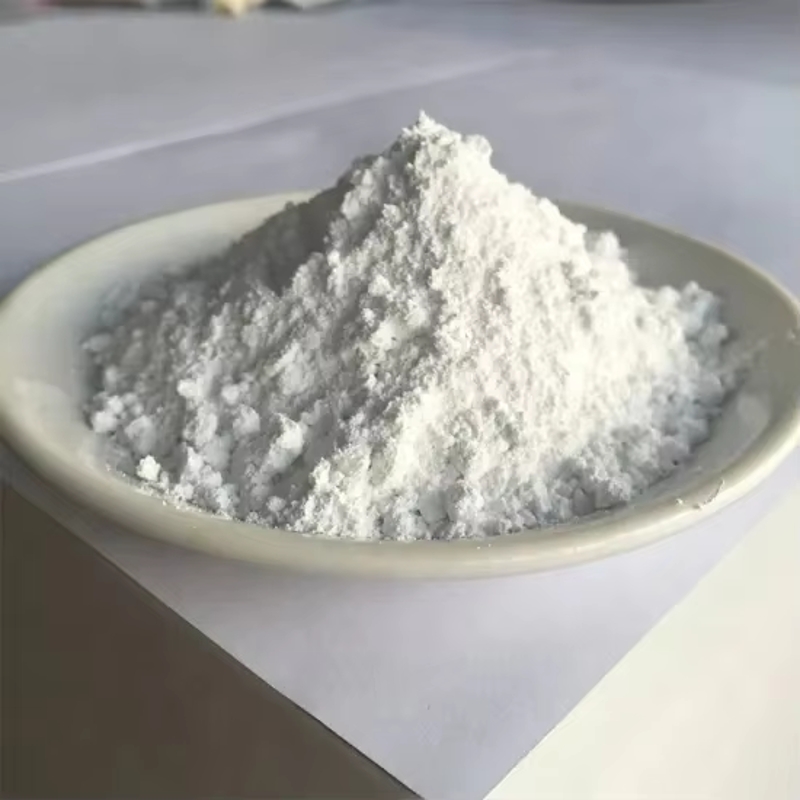-
Categories
-
Pharmaceutical Intermediates
-
Active Pharmaceutical Ingredients
-
Food Additives
- Industrial Coatings
- Agrochemicals
- Dyes and Pigments
- Surfactant
- Flavors and Fragrances
- Chemical Reagents
- Catalyst and Auxiliary
- Natural Products
- Inorganic Chemistry
-
Organic Chemistry
-
Biochemical Engineering
- Analytical Chemistry
-
Cosmetic Ingredient
- Water Treatment Chemical
-
Pharmaceutical Intermediates
Promotion
ECHEMI Mall
Wholesale
Weekly Price
Exhibition
News
-
Trade Service
The production process of zirconium tetrahydroxide is a complex and multi-step process that involves the transformation of zirconium oxide, a naturally occurring mineral, into a highly reactive and pure form of zirconium tetrahydroxide.
This white powdered substance is commonly used in a variety of industrial and commercial applications, including the production of ceramic glazes, enamels, and the treatment of wastewater.
The production process of zirconium tetrahydroxide can be broken down into several distinct steps.
The first step involves the extraction and processing of zirconium oxide from its natural mineral form.
This can be done through a variety of methods, including the use of chemicals such as hydrofluoric acid or by using high-temperature furnaces to melt the mineral and remove impurities.
Once the zirconium oxide has been extracted and purified, it is then subjected to a series of chemical reactions that transform it into the desired form of zirconium tetrahydroxide.
This process typically involves the use of strong acids such as sulfuric or hydrochloric acid, which are used to dissolve the zirconium oxide and create a solution that can be further processed.
Next, the solution is treated with a series of reagents that help to remove any remaining impurities and to convert the zirconium ions into the tetravalent state, which is necessary for the formation of zirconium tetrahydroxide.
This process typically involves the use of chemicals such as ammonia or sodium hydroxide, which are added to the solution to create a reaction that results in the formation of the tetravalent form of zirconium.
Once the zirconium ions have been converted into the tetravalent state, the solution is then subjected to a series of hydrolysis reactions that result in the formation of zirconium tetrahydroxide.
This process involves the use of water and a strong acid, such as sulfuric acid, to create a reaction that results in the formation of the pure, white powder that is zirconium tetrahydroxide.
The final step in the production process of zirconium tetrahydroxide involves the drying and milling of the powdered substance.
This is typically done through the use of high-speed mills or other specialized equipment that is designed to produce a fine, uniform powder that is suitable for a variety of industrial and commercial applications.
In conclusion, the production process of zirconium tetrahydroxide is a complex and multi-step process that involves the transformation of zirconium oxide into a highly reactive and pure form of zirconium tetrahydroxide.
This process typically involves the use of chemicals such as sulfuric acid and ammonia, as well as a series of hydrolysis reactions that result in the formation of the desired substance.
The final step in the process involves the drying and milling of the powdered substance, which is then ready for use in a variety of industrial and commercial applications.







